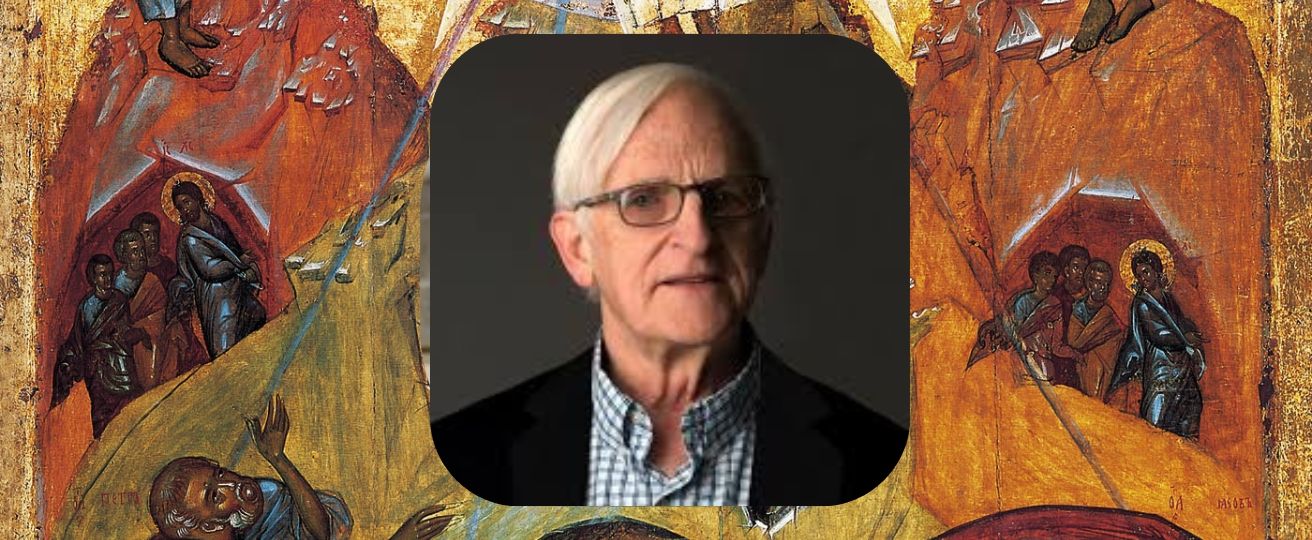
live q&a
Live Conversation with Matthew Fox: May 27th, 6PM BST
A chance for you to discuss the course contents with your teacher, Matthew Fox, and your peers!
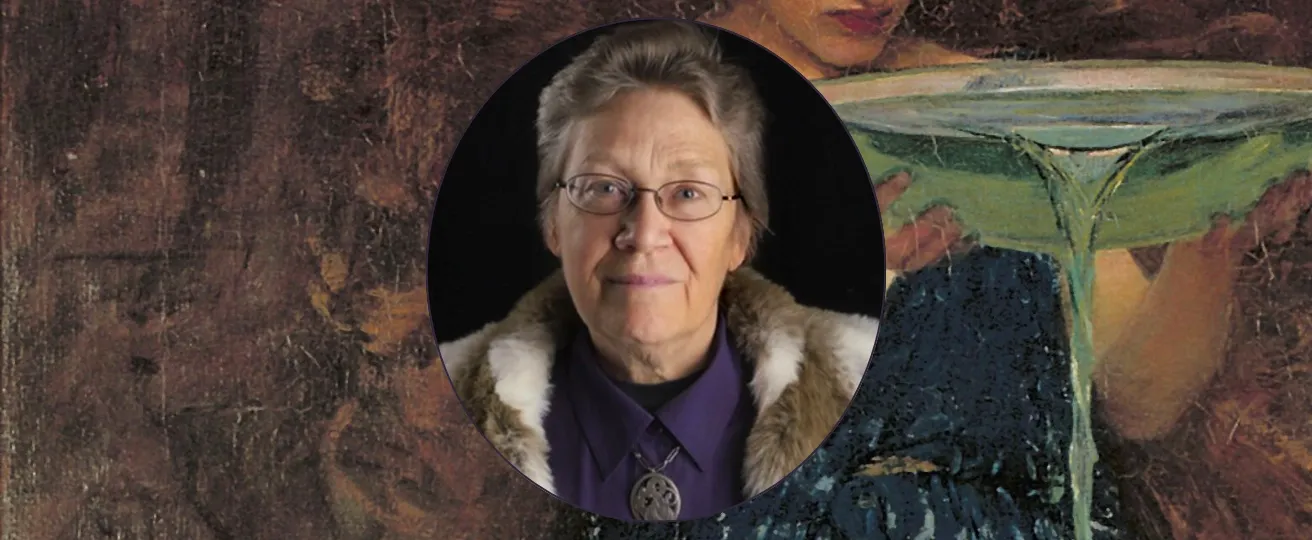
live q&a
Live Conversation with Max Dashu: March 31st, 7PM BST
A limited-time opportunity for you to discuss the contents of the modules with your classmates and Max Dashu herself!
live q&a
Chapter 4: Q&A: Vandana Shiva
Dr Vandana dives deeper into this Q&A session, answering questions including "From an eco-feminist perspective, how does patriarchy contribute to environmental exploitation, particularly in the context of capitalist corporations like Coca-Cola?" and "How do care and joy factor into your work, given that it deals with difficult realities and corruption?"
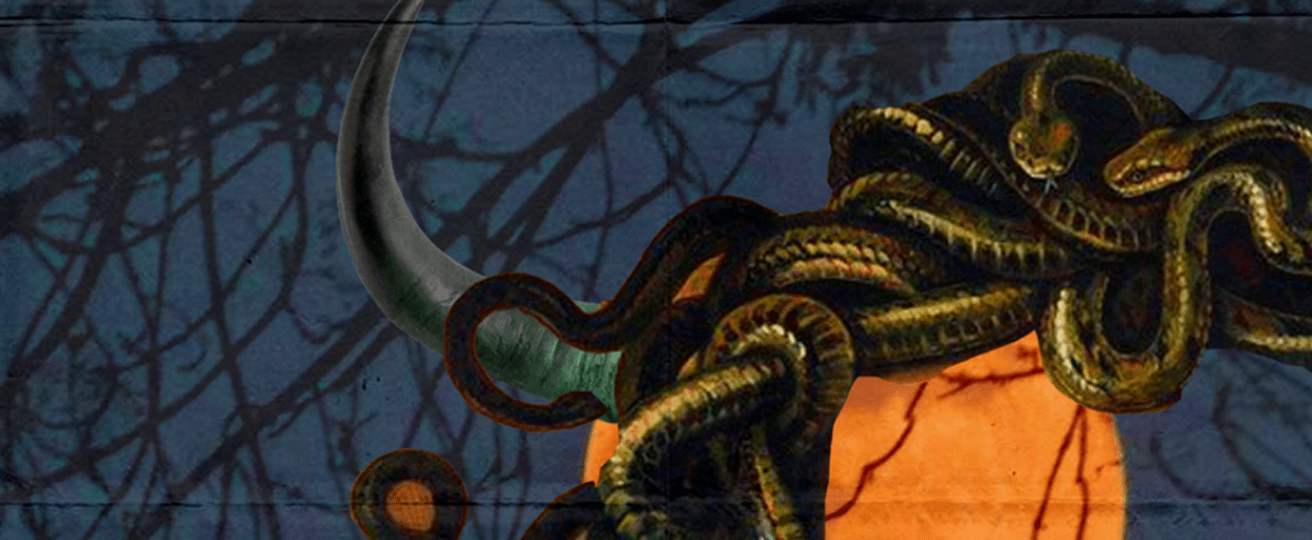
live q&a
Chapter 2: The Octavia E. Butler Network Legacy
This session explores the speculations and theorizing of Octavia E. Butler and her histouturist ways of "composting" the rubble left behind by misogynoir, patriarchy, colonialism, and ecocide. Butler understood the underlying archetypes of foundational stories as well as new guises, uses, and ways of experiencing new paradigms. We use the framework of the archetype of Change, the organizing pattern which undergirds all her work. Butler understood that the darkness, decay, and even death were the fertilizer for sustaining new life. Change is not linear, one-sided, or wholly positive. It is sometimes brought about by rupture, resistance, chaos, and rebirth. We explore examples of Butler's perceived prescience couched in in-depth research via her published and unpublished works. Butler laid the groundwork for imaging our shared futures with lessons to contemplate our interdependence.

live q&a
Chapter 4: Q&A with Ayana Jameison
This session explores the speculations and theorizing of Octavia E. Butler and her histouturist ways of "composting" the rubble left behind by misogynoir, patriarchy, colonialism, and ecocide. Butler understood the underlying archetypes of foundational stories as well as new guises, uses, and ways of experiencing new paradigms. We use the framework of the archetype of Change, the organizing pattern which undergirds all her work. Butler understood that the darkness, decay, and even death were the fertilizer for sustaining new life. Change is not linear, one-sided, or wholly positive. It is sometimes brought about by rupture, resistance, chaos, and rebirth. We explore examples of Butler's perceived prescience couched in in-depth research via her published and unpublished works. Butler laid the groundwork for imaging our shared futures with lessons to contemplate our interdependence.
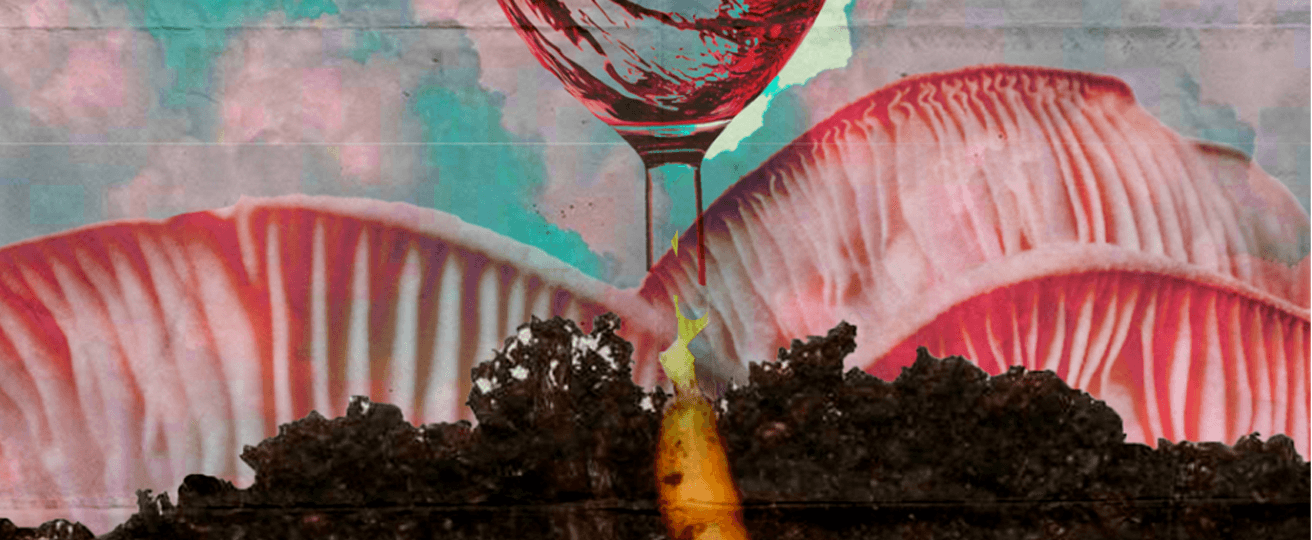
live q&a
Chapter 4: Q&A pt. 1
Michael Bauer unpacks the mythology of the monster-slayer through the lens of cultural memory and archetypal inversion. He guides us through the tragic transformation of ancient earth-honouring myths into conquest-driven narratives, revealing the quiet truth buried beneath every slain beast.
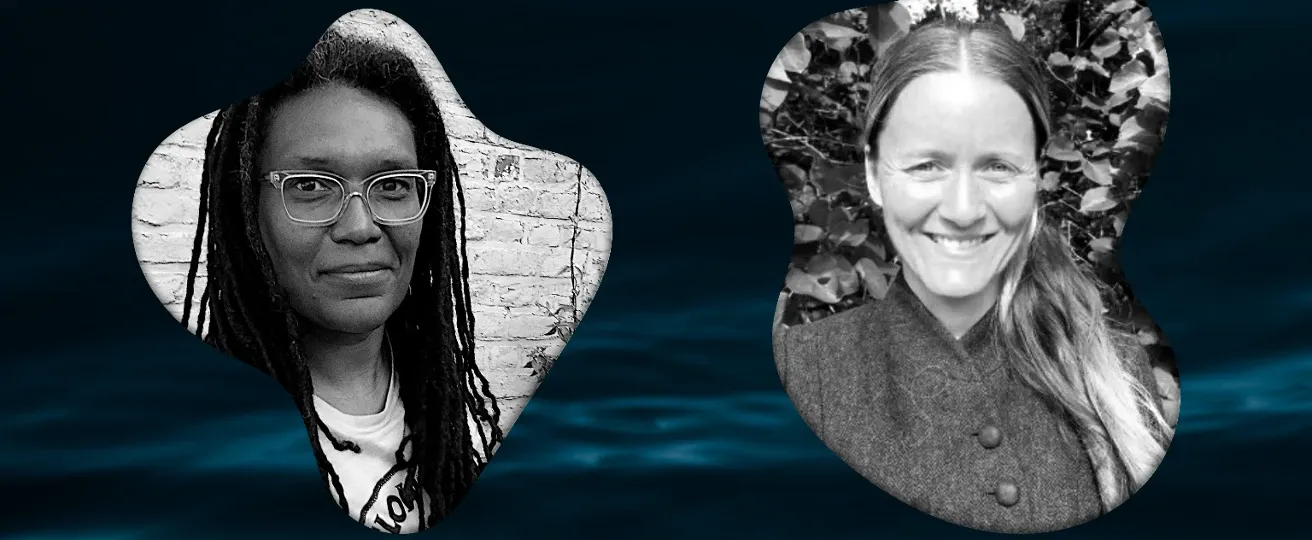
live q&a
Chapter 3: Q&A with Charlotte Pulver
Charlotte dives deeper into this Q&A session, answering the question "How do you perceive what is happening right now in Europe especially after the elections in the EU relating to migrants politics?"
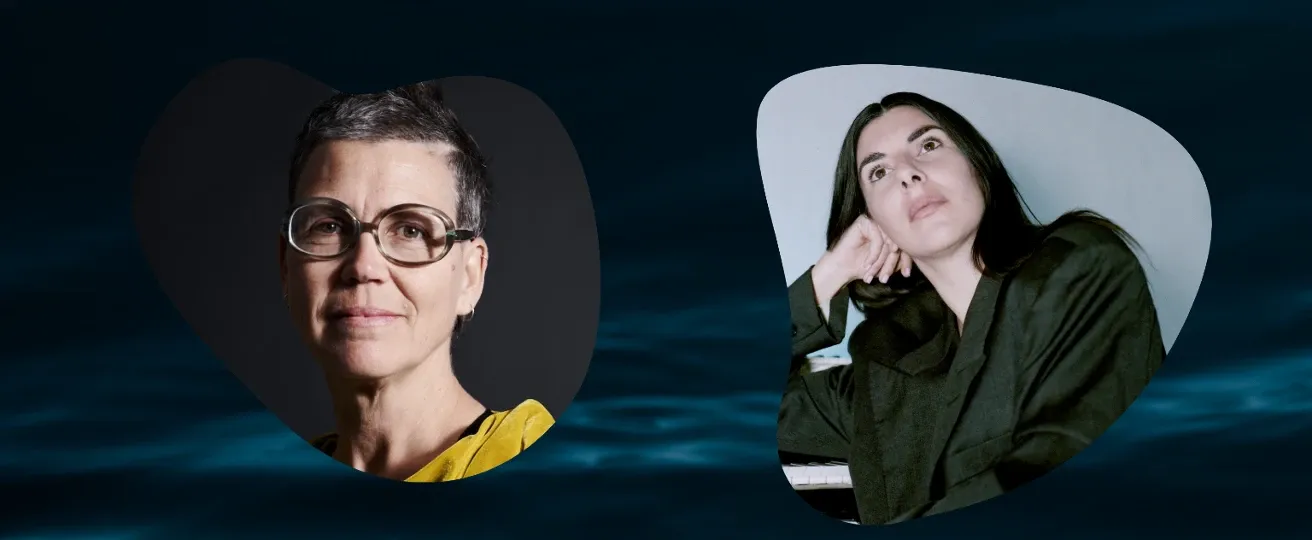
live q&a
Chapter 2: On Being Bodies of Water
"On Being Bodies of Water” dives into a conversation with Astrida Neimanis on hydrofeminism — exploring how our watery bodies are entangled with oceans, rivers and other waterscapes. A meditation on kinship, care, and the politics of fluidity.

live q&a
Chapter 4: Q&A with Astrida Neimanis
Astrida dives deeper into this Q&A session, answering questions including "What is the dynamic between being a body of water and being in reciprocity or gifting yourself back to the hydrological cycle you are a part of?" and "How does this reproductive aspect, for instance human female body, can be separated from biological essentialism?"
live q&a
Chapter 4: Q&A with Matthew Fox
A conversation with theologian Matthew Fox exploring the deep currents between mysticism and water, from ancient wisdom to ecological consciousness. Through poetic insight and prophetic fire, Fox reflects on water as a symbol of the sacred, the feminine, and the flow of spiritual awakening.
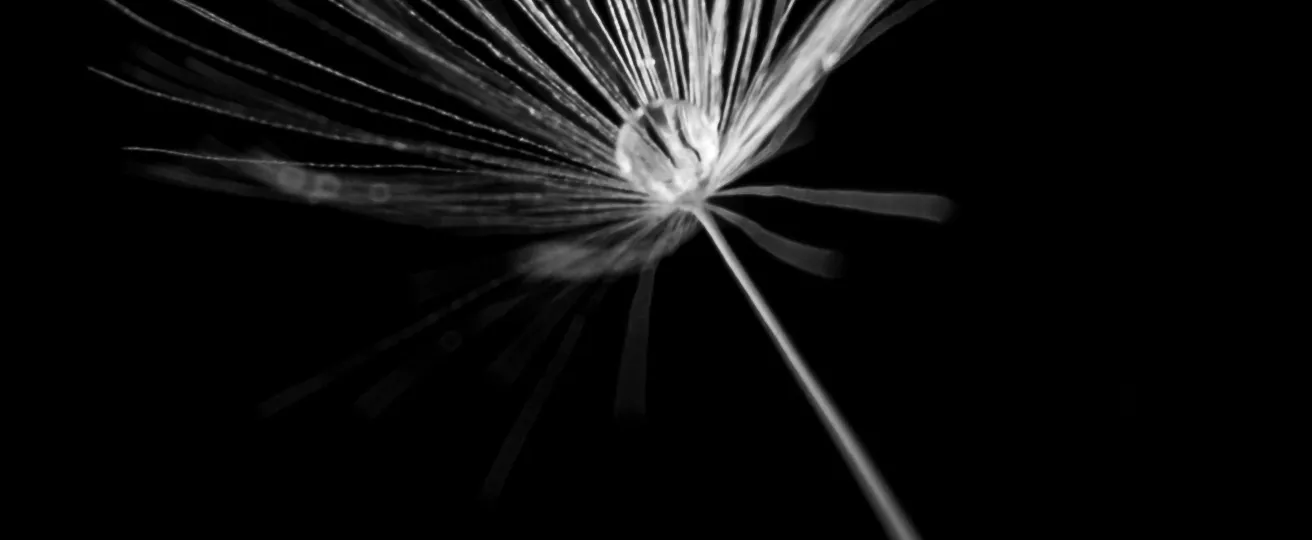
live q&a
Seed: Q&A
Abigail dives deeper into this Q&A session, answering questions including "Can you define this somatic practice?" and "How can we make space for both emotions if they occupy the same area in our body?"
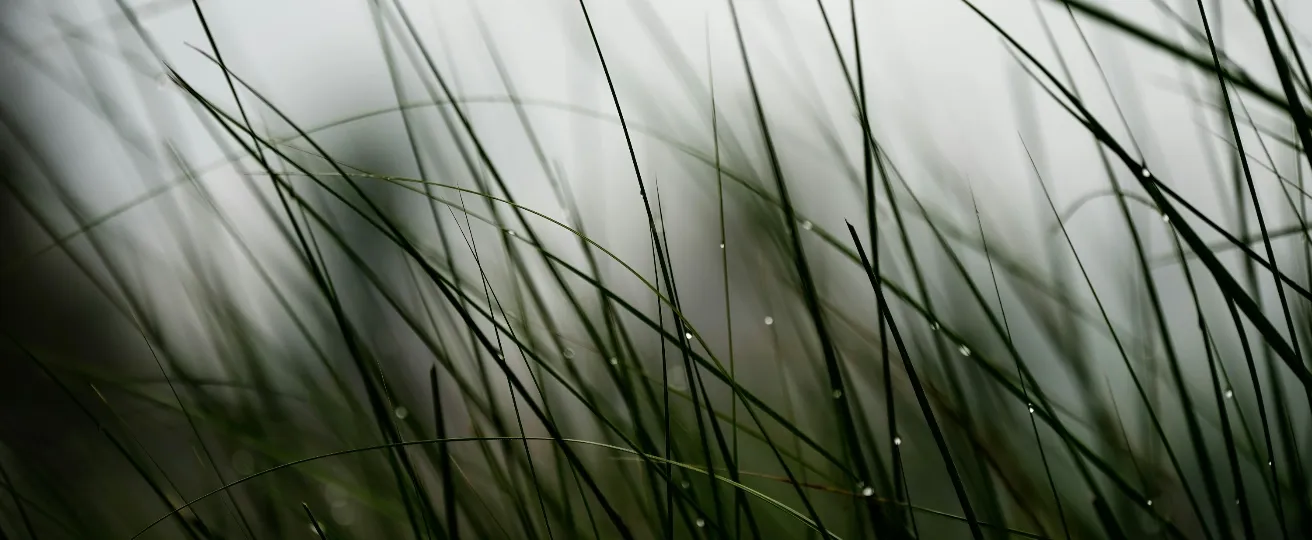
live q&a
Ground: Q&A
We will rehydrate our relationship with place, gravity, and the relationship between the body and the earth. We’ll go to the ecotone, places of ecological vibrancy and difference, and how nurturing our comfort with difference can infuse all of our relationships with more aliveness and vitality.
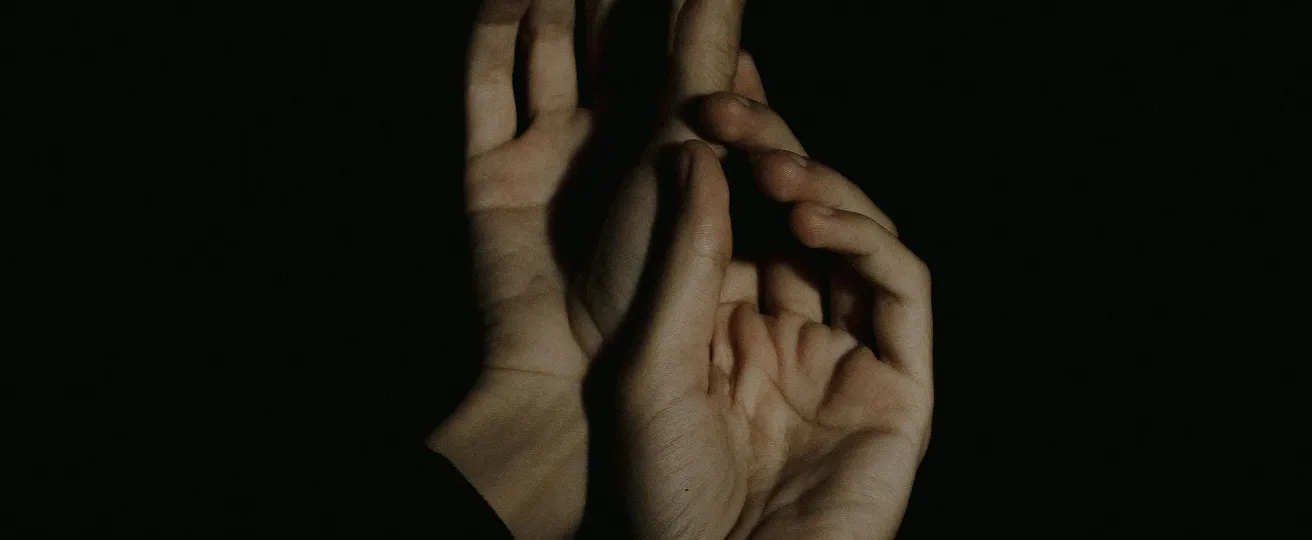
live q&a
Relate: Q&A
Everything is interconnected, everything is in relationship. In this section, we will explore what it means to be changed by, and to change, everything. Our practice will look to the somatics of trees, and what we might learn about our own anatomy and physiology from the forest, as well as how they can guide us into interdependence and patient wonder, so that our very lives might become antithetical to systems of urgency and control.
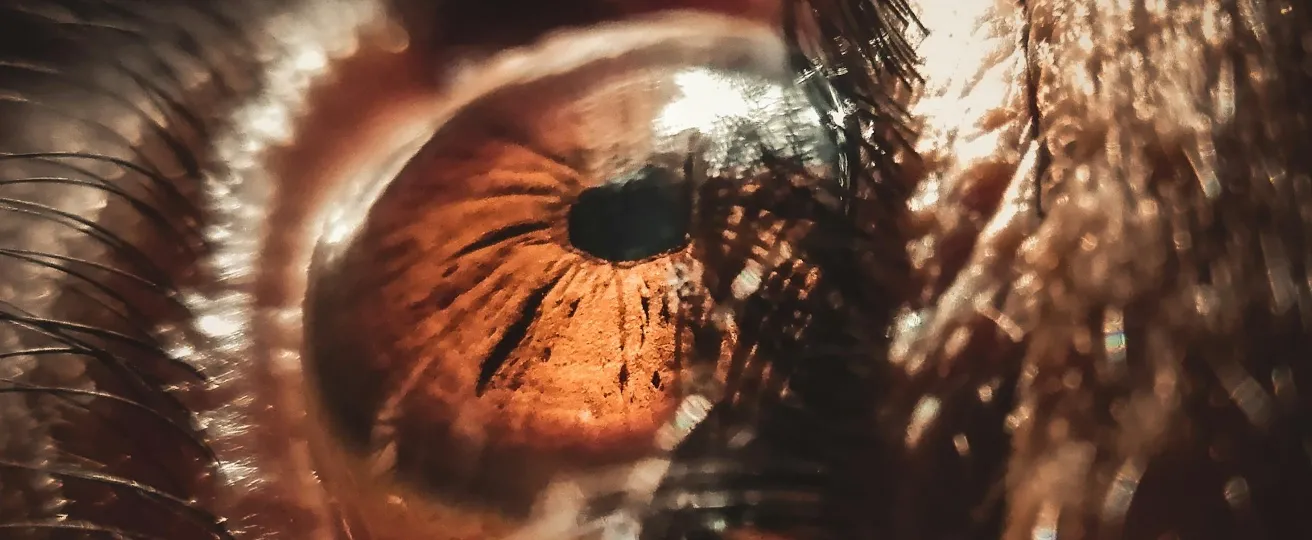
live q&a
Observe: Q&A
When we are relationally observant, then we are able to engage with the world, ourselves, and each other, from a place of patience understanding. This can have a far-reaching effect on our relationships, allowing us to create new paradigms of being with one another from an embodied place. The exercises shared here can be extraordinarily helpful in navigating conflict, building relationships that are resilient and responsive, and developing new patterns of behaviour that are rooted in love, rather than shame.
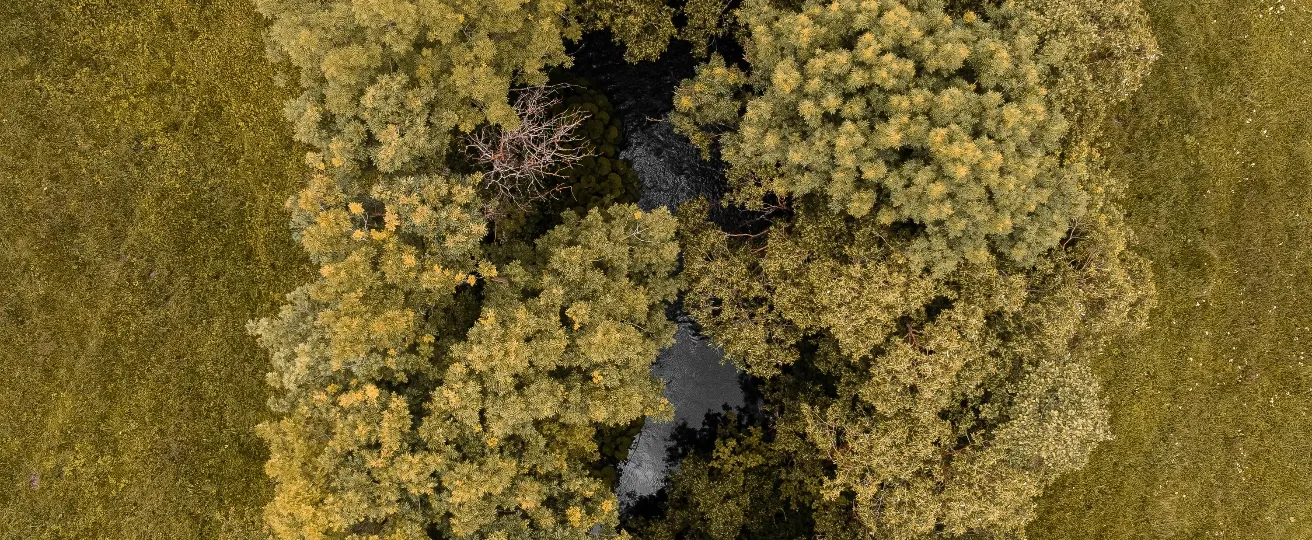
live q&a
Widen: Q&A
As we increase our capacity to be present, we increase our ability to hold more and more paradoxical truths, and more and more conflicting realities. We do this to increase our understanding, rather than to bypass our responsibility. Our exploration in this module will focus on somatic practices that help us widen into possibilities rather than constructively reacting through fear, in ways that are both subtle and profound.
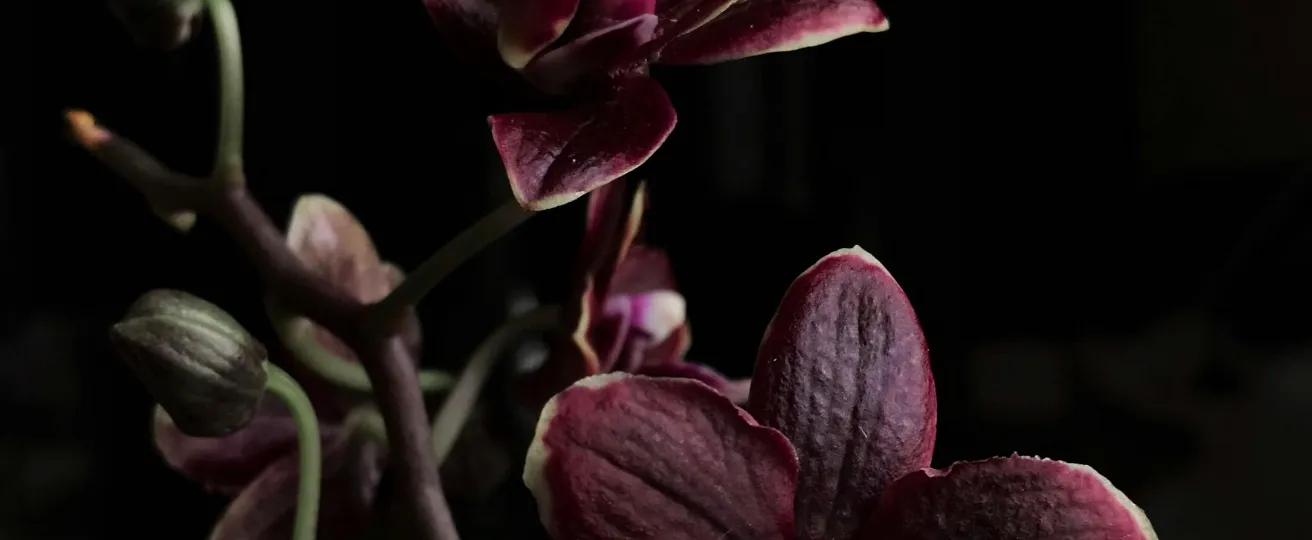
live q&a
Love: Q&A
Love, in the way we are exploring it, is embodied, and encompassing. As a result of our time together we will have deepened our capacity to hold desire as a force, to love from our centre, as Audre Lorde writes, to love from the inside. This way of loving is countercultural to the dominant storylines of love as external, something we obtain. This way of loving holds love as the very force that holds our cells and tissues together. Love, in this way, becomes a source of potency and possibility, freeing us from the need to somehow “find” love or the worry that we might “lose” it, and instead opens us to the reality that we truly are love. This is easy to say, sometimes difficult to practice, but it is truly life-changing, and it is our relationship with our own bodies that makes it possible.
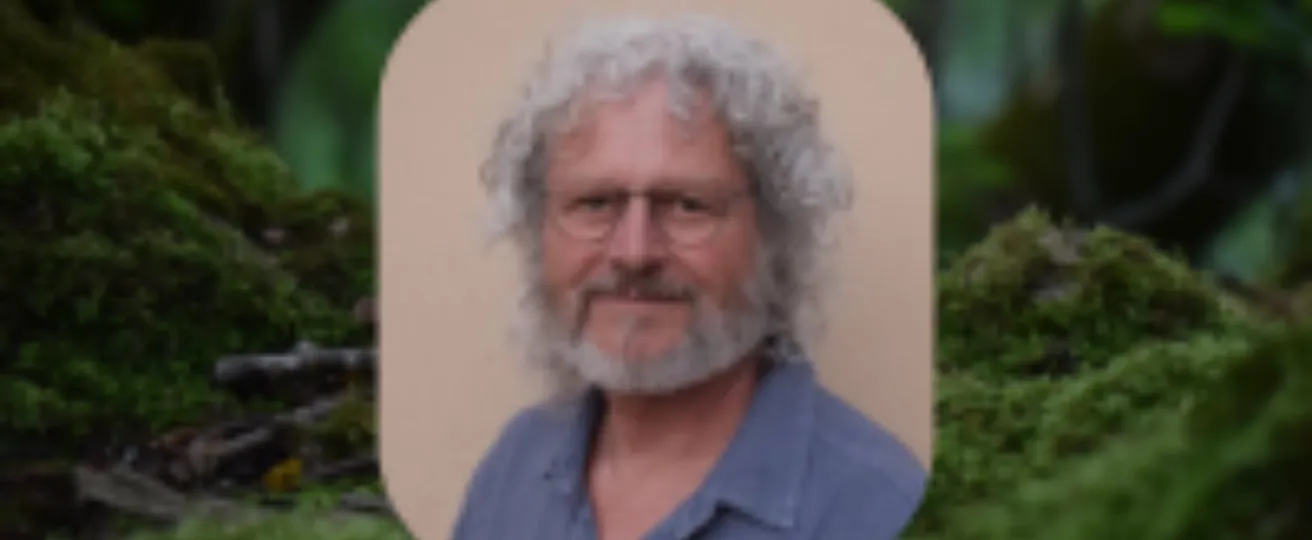
live q&a
Live Conversation with Philip Carr-Gomm: TBD
A chance for you to discuss the course contents with your teacher, Philip Carr-Gomm.

live q&a
Live Conversation with Matthew Fox: DATE TBD
A chance for you to discuss the course contents with your teacher, Matthew Fox, and your peers!

live q&a
Chapter 7: Q&A with Francesca Heart
Francesca dives deeper into this Q&A session, answering questions including "Is the persistence (or resurgence) of the siren iconography an ambivalence of the role as a guardianship?" and "Could you share your approach to music composition, how or if it bears relation to fluidity and circulation?"
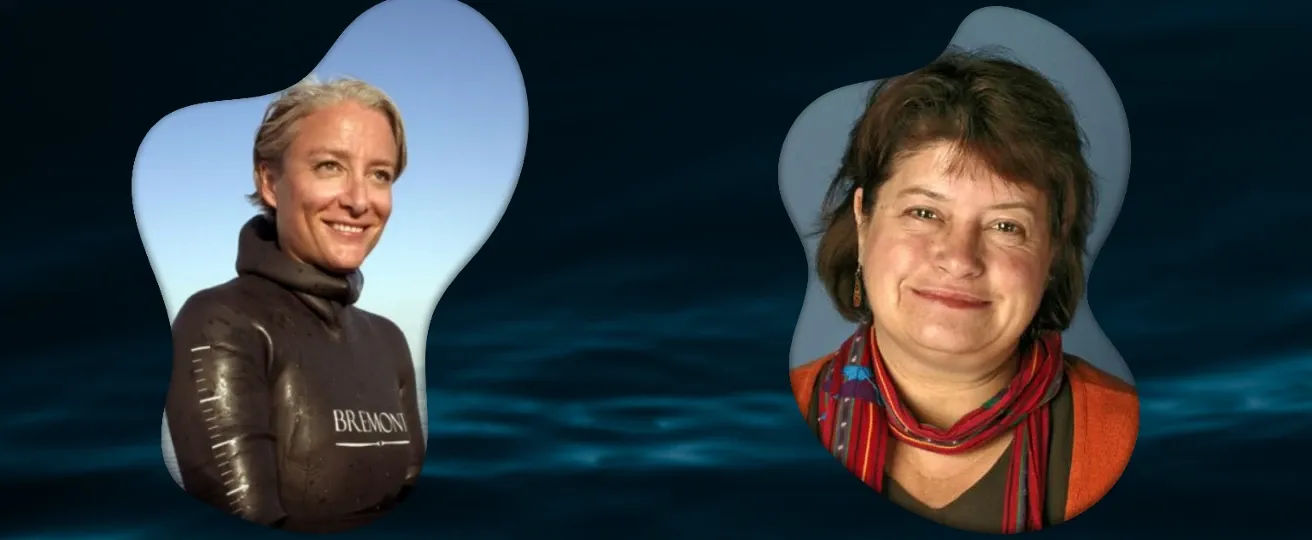
live q&a
Chapter 7: Q&A with Sara Campbell
Sara dives deeper into this Q&A session, answering questions including "Do you sense any difference between salt-water and freshwater, other than sheer scale?" and "Do you have any suggestions or advice about how to find guidance that is honouring of the spiritual dimension of the experience?"

live q&a
Chapter 7: Q&A with Peggy Pierrot
Peggy dives deeper into this Q&A session, answering the question "How do you perceive what is happening right now in Europe especially after the elections in the EU relating to migrants politics?"
live q&a
Chapter 8: Q&A with Bayo Akomolafe
Bayo dives deeper into this Q&A session, answering questions including "What does drifting look like in practice, in your experience?" and "What would be the dark side of Eshu?"
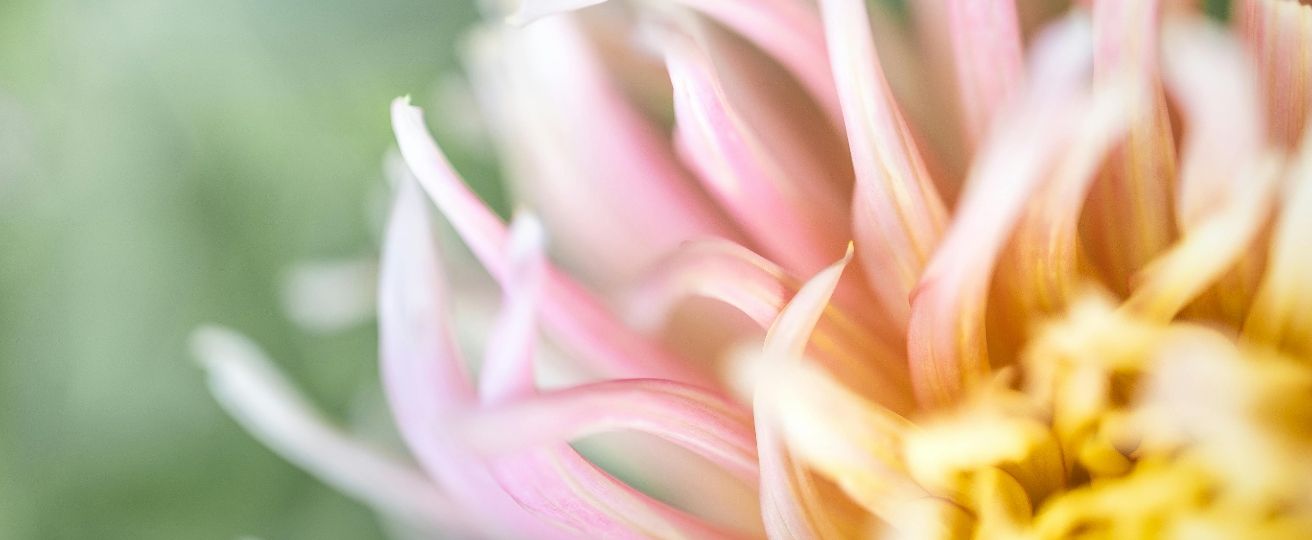
live q&a
Live Q&A with Roman Krznaric: September 23rd, 6PM BST
A conversation to meet with your teacher and peers!

live q&a
Live Q&A with Roman Krznaric: October 20th, 6PM BST
A conversation to meet with your teacher and peers!
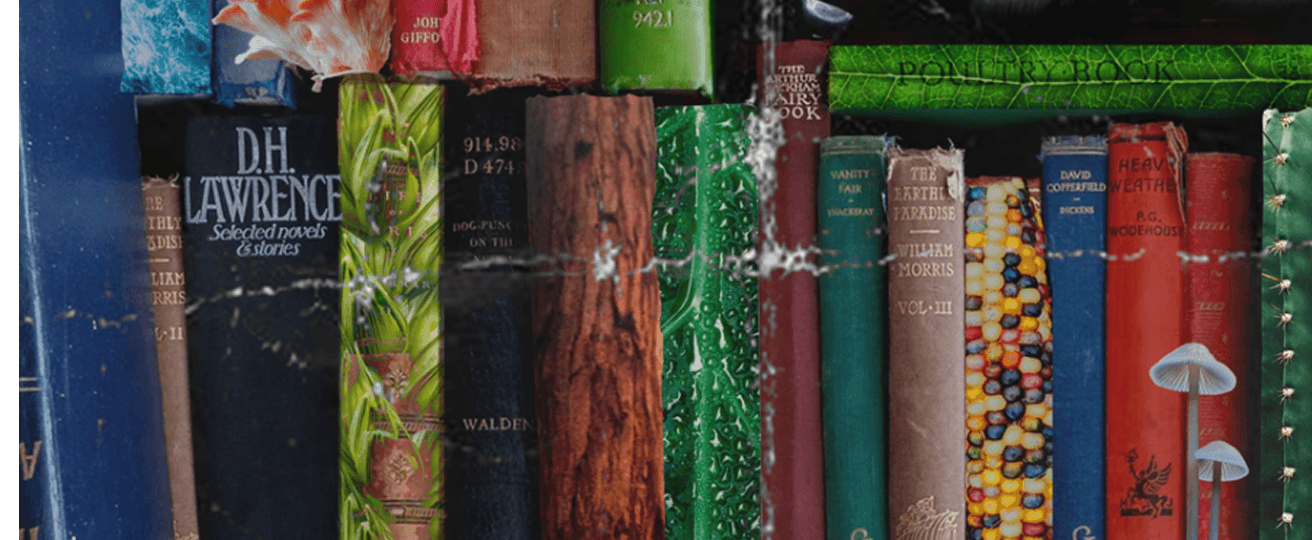
live q&a
Chapter 5: Q&A pt.1
From where does a story sprout? What specific land and soil did it grow from? What ecology is it seeking to tend to, respond to, root into? How do my stories “tell” me into greater intimacy with the kin outside my door? We can reclaim the ecological nature of myths coopted by patriarchal domination by replanting them in their original biological and social ecosystems. Examining the root systems of popular myths, we see that, below the focus on human exceptionalism, myth is the land talking to itself. The triple lens of MYCO ECO MYTHO guides us into an investigation of how extractive capitalism paired with colonialism has created a “narrative dysbiosis” in the cultural gut, suppressing a biodiversity of more environmentally aware perspectives. We explore what it might mean to compost old stories with contemporary science, philosophy, poetry, and ecology in order to create the new soil that will sprout myths freshly adapted to our current crises.

live q&a
Chapter 9: Q&A pt.2
Alnoor and Sophie dive deeper in this Q&A session, answering questions including “What can you say about the Kali Yuga being a fatalistic view of history that reinforces Brahmin caste supremacy in India?"

live q&a
Chapter 8: Q&A pt. 2
Minna and Sophie interweave science, history, anthropology, and mythology to challenge Europatriarchal knowledge and reveal a more holistic and true perspective of reality. They also delve into the power dynamics associated with women and the importance of wielding power ethically.
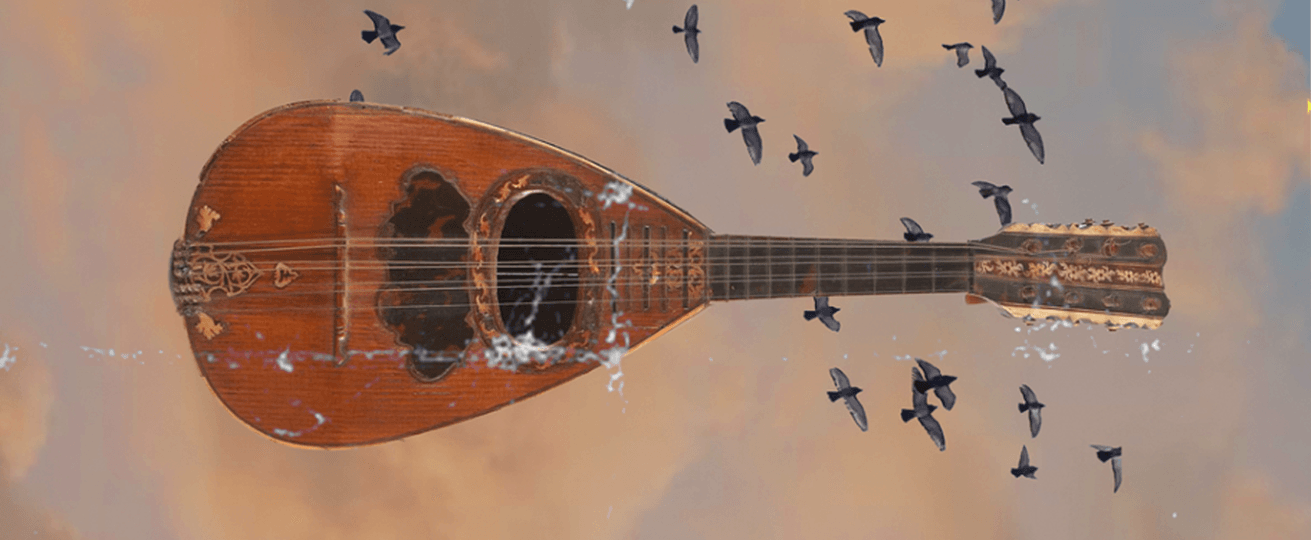
live q&a
Chapter 9: Q&A with Chiara Baldini
Chiara and Sophie dive deeper in this Q&A session, answering questions such as “Was there also repression of this kind of worship in Greek times?"
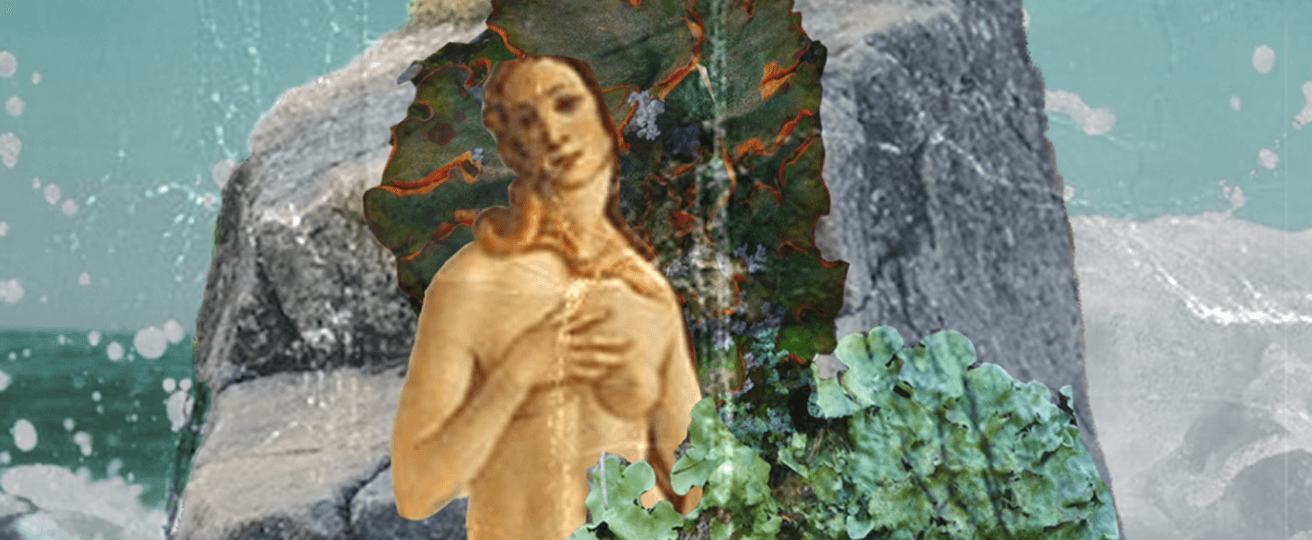
live q&a
Chapter 5: Q&A with Sam Lee
Sam dives deeper in this Q&A session, answering questions including “How do we bring the sounds of nature to those who don't have access to nature?" and "How would you suggest adapting your song dreaming technique for those with a physical disability?"

live q&a
Chapter 9: Q&A with Brontë Velez
Brontë and Sophie Strand explore the ancient art of tuning into the landscape as a living, speaking presence. Drawing on bardic traditions and mythic memory, they reflect on fire as both element and ally, an animating force that opens portals to deeper listening. Through embodied attention and poetic channeling, they invite us to sense the stories carried by stone, root, and flame. What happens when we let the land speak through us?
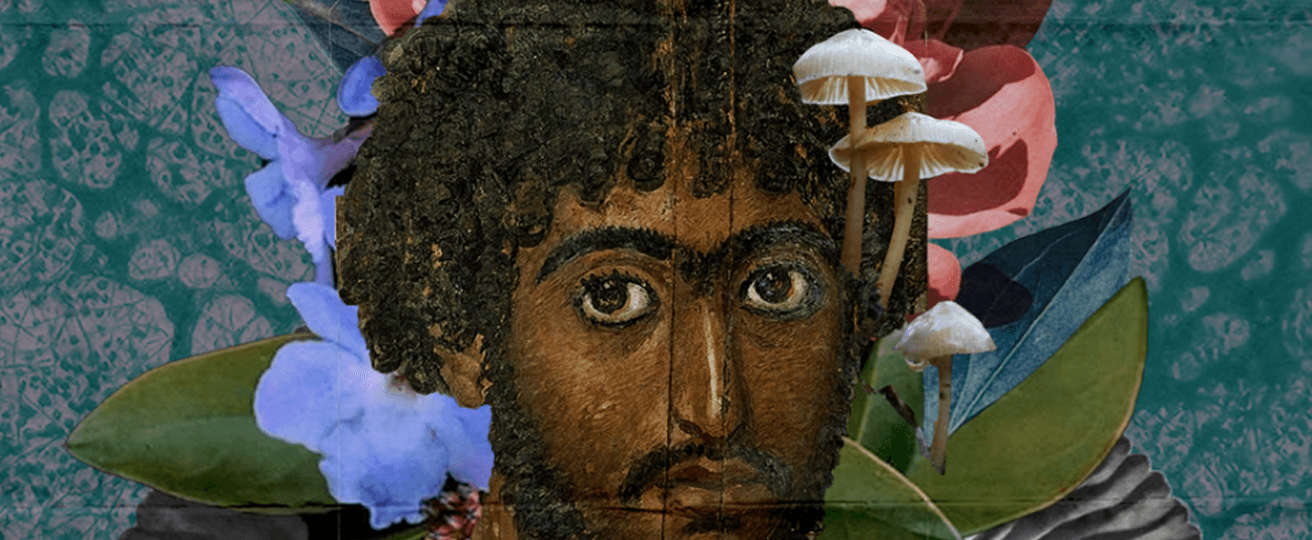
live q&a
Chapter 4: Q&A with Toko-pa Turner
Toko-pa and Sophie dive deeper in this Q&A session, answering questions including “How do we begin to deal with flashbacks, nightmares or archetypes that seem to be insidious yet insistent?" and "What would bringing these two concepts together look like to you?"

live q&a
Chapter 4: Listen to the Land Speak and Q&A with Manchán Magan
Uprooted from the Galilean ecology from which he drew his nature metaphors and translated into the language of his oppressors, the teachings of Jesus have easily lapsed into dogma. How does a storytelling magician get coopted by imperialism and patriarchy? Let us replant Jesus in his original ecological and social context, and his mythic vegetal god mycelium, to recover the environmentally and socially radical nature of his teachings.

live q&a
Chapter 5: Q&A with Manchán Magan II
Uprooted from the Galilean ecology from which he drew his nature metaphors and translated into the language of his oppressors, the teachings of Jesus have easily lapsed into dogma. How does a storytelling magician get coopted by imperialism and patriarchy? Let us replant Jesus in his original ecological and social context, and his mythic vegetal god mycelium, to recover the environmentally and socially radical nature of his teachings.
live q&a
Chapter 3: Q&A with WHAIA
Join a Q&A with WHAIA, sonic weaver and guardian of ancestral sound, as she shares reflections on walking with water as teacher, ancestor, and guide. Rooted in Indigenous wisdom and spiritual embodiment, this conversation invites us to attune to the sacred intelligence of water: as vibration, as memory, as divine presence. We’ll explore how sound becomes ceremony, how listening becomes a form of reverence, and how water calls us into deeper relation with ourselves, the Earth, and those who came before. A dialogue flowing with story, spirit, and the healing pulse of the waters within and around us.
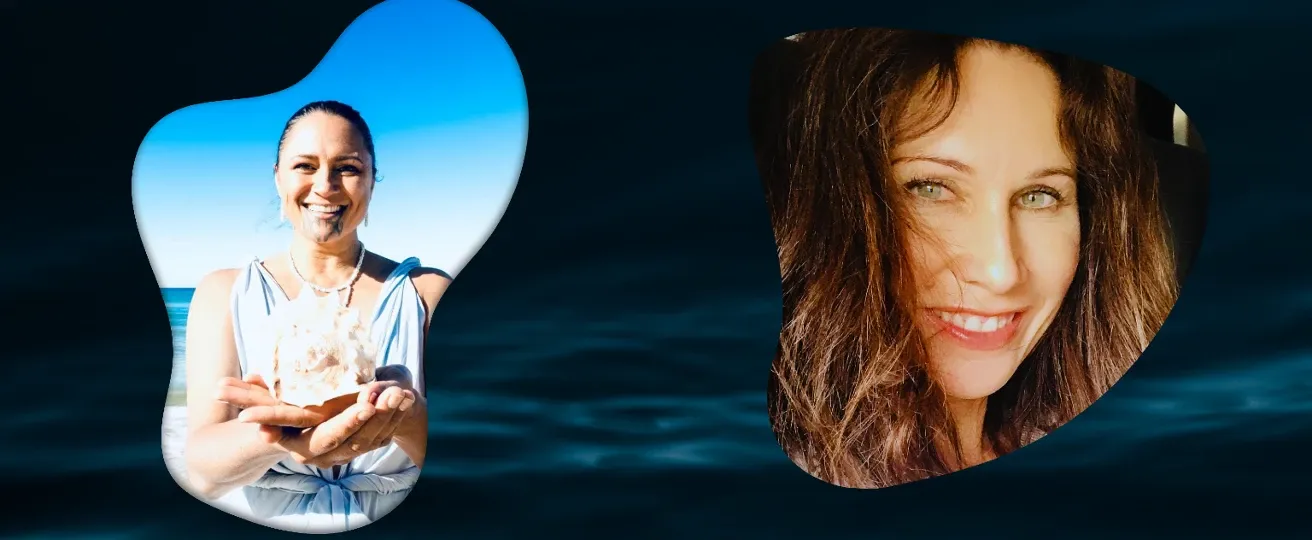
live q&a
Chapter 8: A Hydroglyph Overview: Q&A with Veda Austin
Veda dives deeper into this Q&A session, answering questions including "How do you read all the marks? Have you developed a sort of “alphabet” that you can share so we can better understand?".

live q&a
Chapter 5: Q&A on Envisioning Your Legacy
In this opening module, you’ll explore what it means to be a good ancestor by examining the roots of short-term thinking, its impact on our lives and the planet, and reflecting on the legacies we leave through a personal inquiry into your relationship with time.

live q&a
Chapter 5: Q&A on The Art of Mental Time Travel
This module explores how to shift from short-term to long-term thinking by understanding our brain's time horizons, embracing deep time humility, and practicing cathedral thinking.

live q&a
Chapter 4: Q&A on Responsibility to Tomorrow's World
This module explores intergenerational justice through philosophy and indigenous wisdom, highlighting the need for long-term responsibility, civilizational awareness, and a shared goal of thriving in harmony with the planet.

live q&a
Chapter 4: Q&A on Creating A Time Rebellion
This module introduces the global movement of ‘time rebels’—artists, activists, and communities reshaping culture and democracy to build a more resilient, long-term, and ecological future.

live q&a
Chapter 7: Q&A on Expanding your Empathic Imagination
This module explores how developing empathy helps us move beyond ego, deepen our connection to others and the planet, and become better ancestors.

live q&a
Chapter 5: Q&A on Discovering Hope in History
This final module looks to history as a source of hope, drawing on ancestral wisdom and past resilience to inspire future action, guided by the Māori proverb: “I walk backwards into the future with my eyes fixed on the past.”